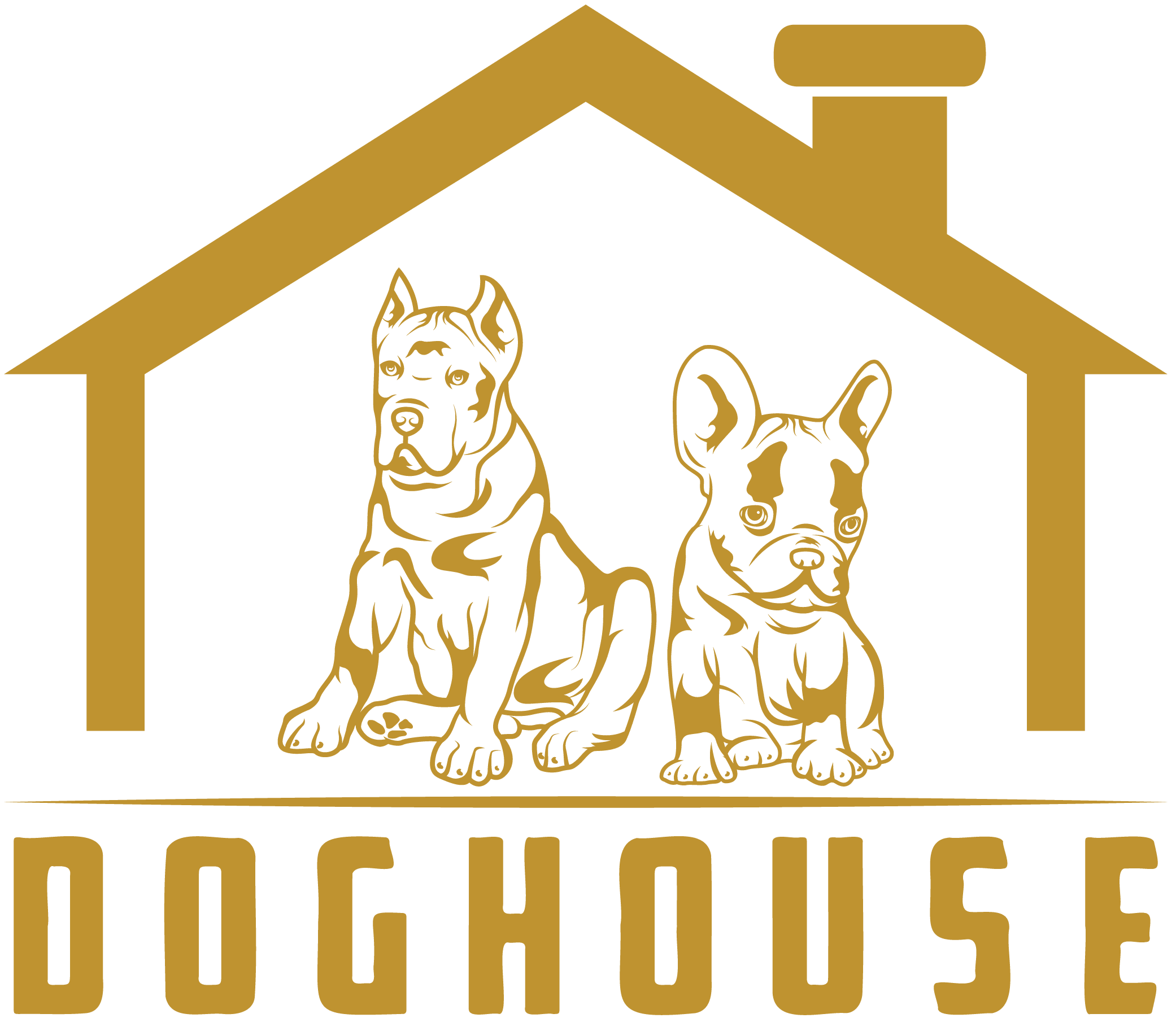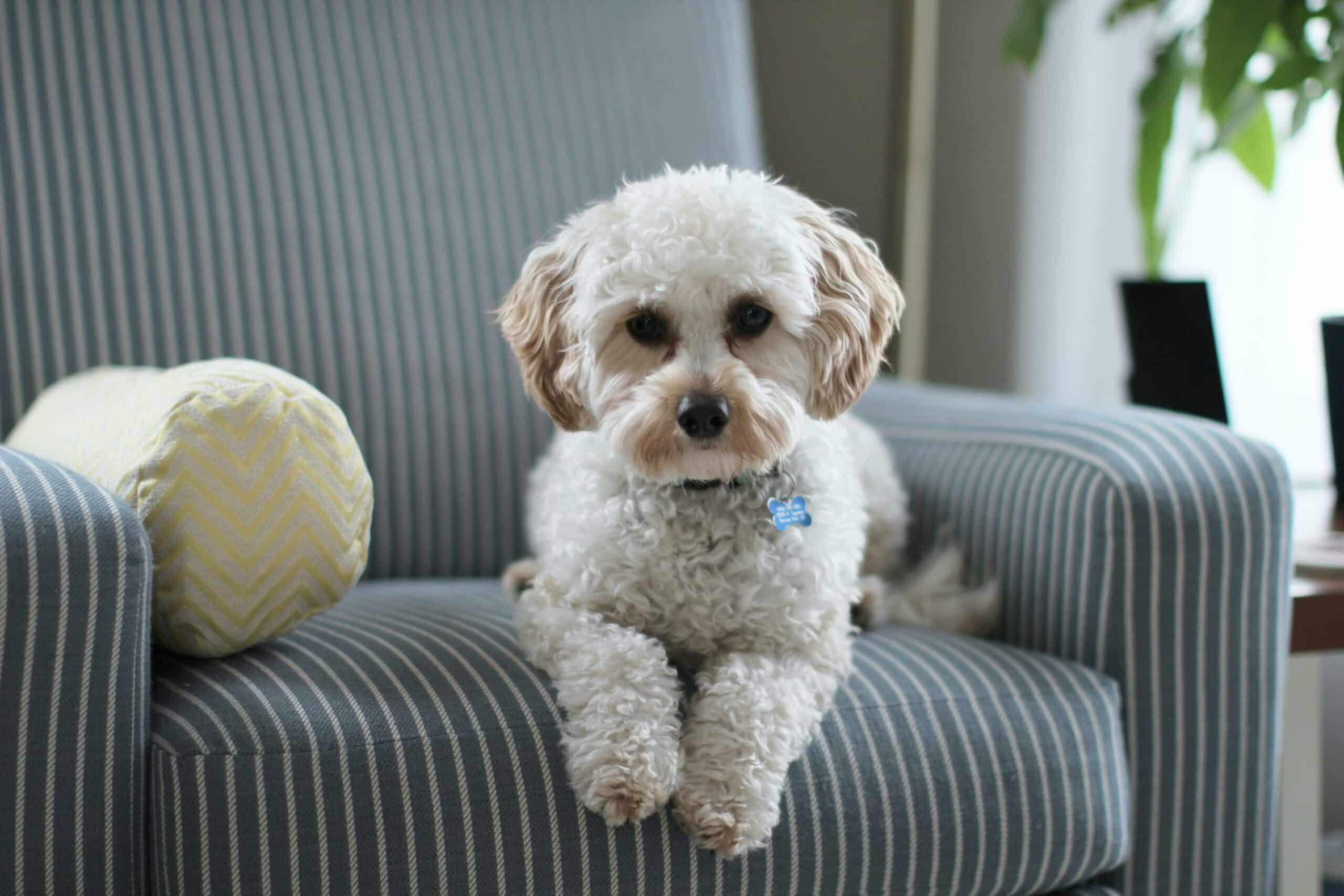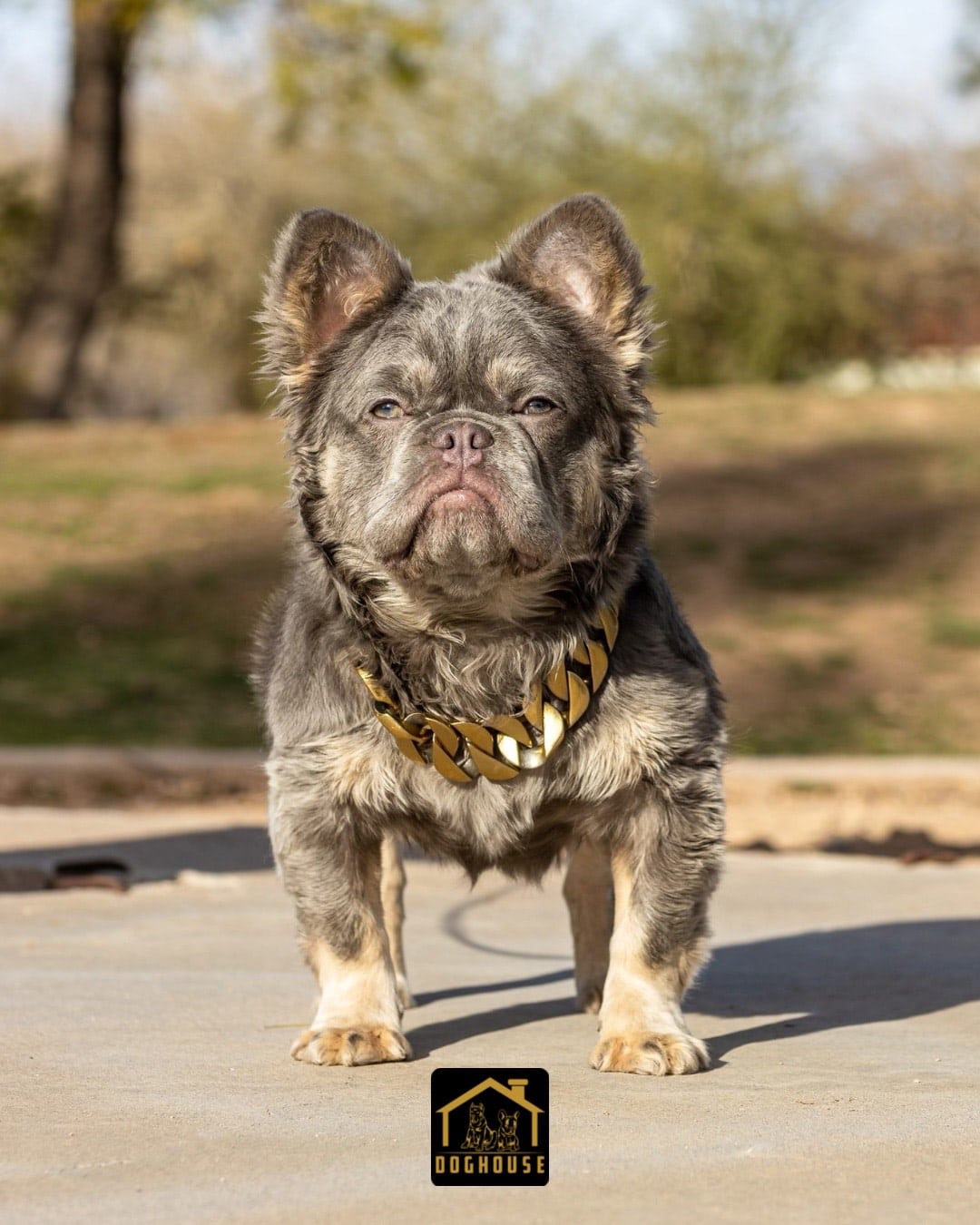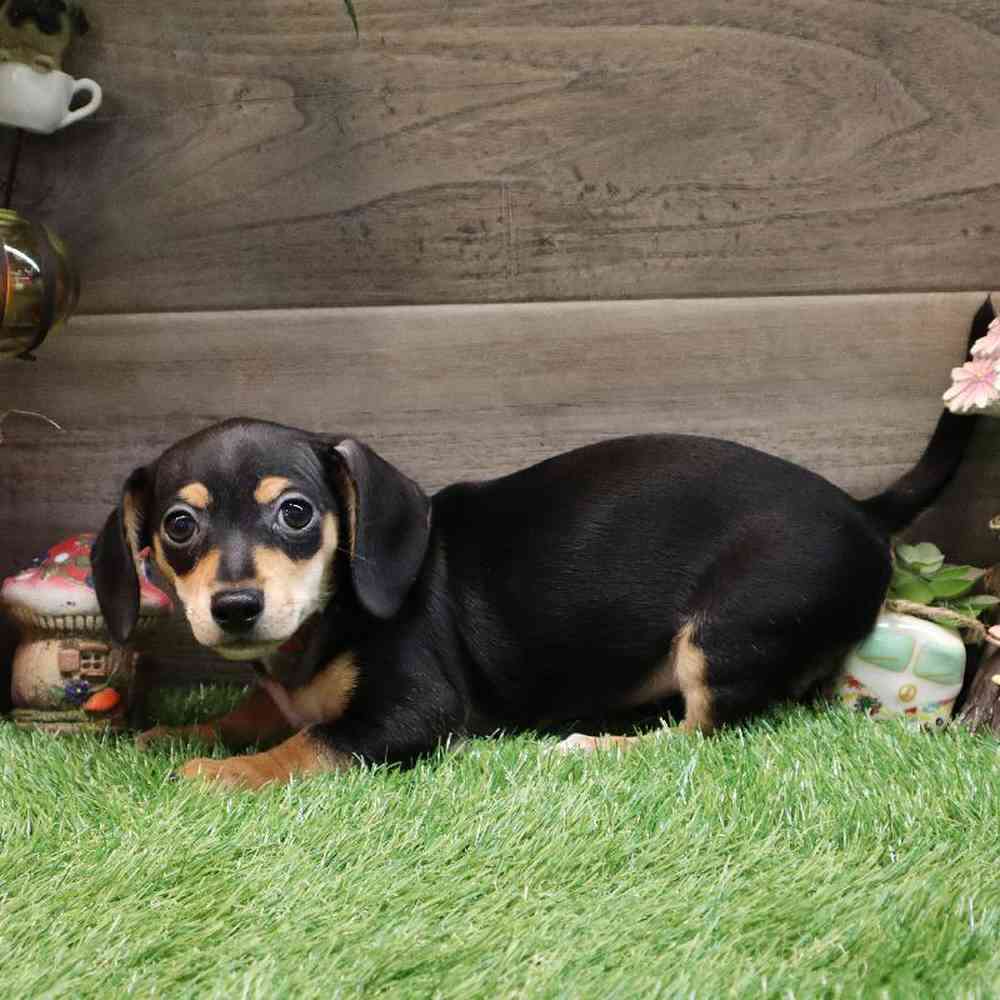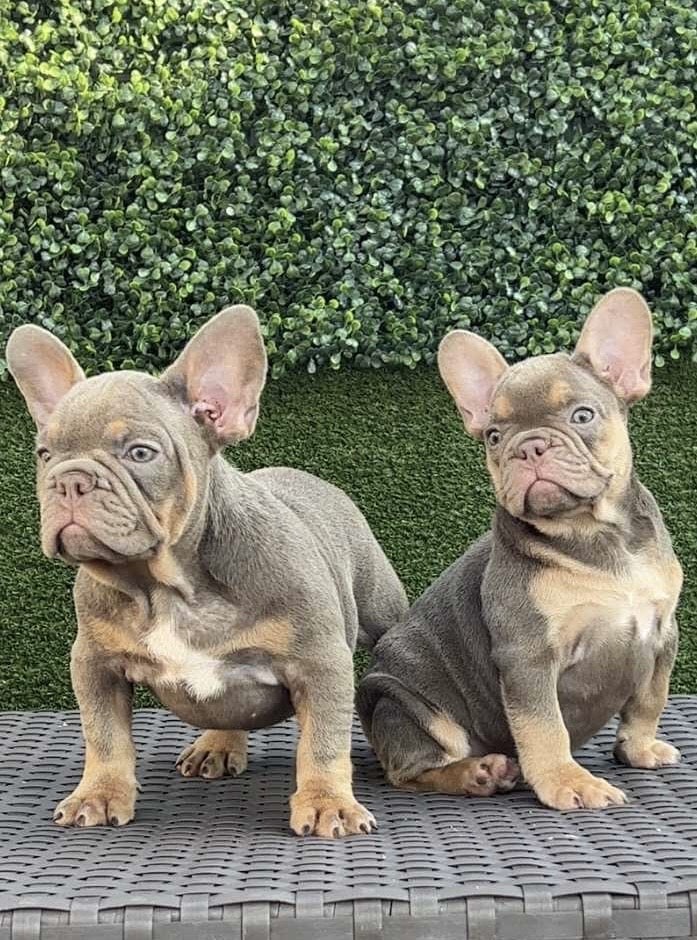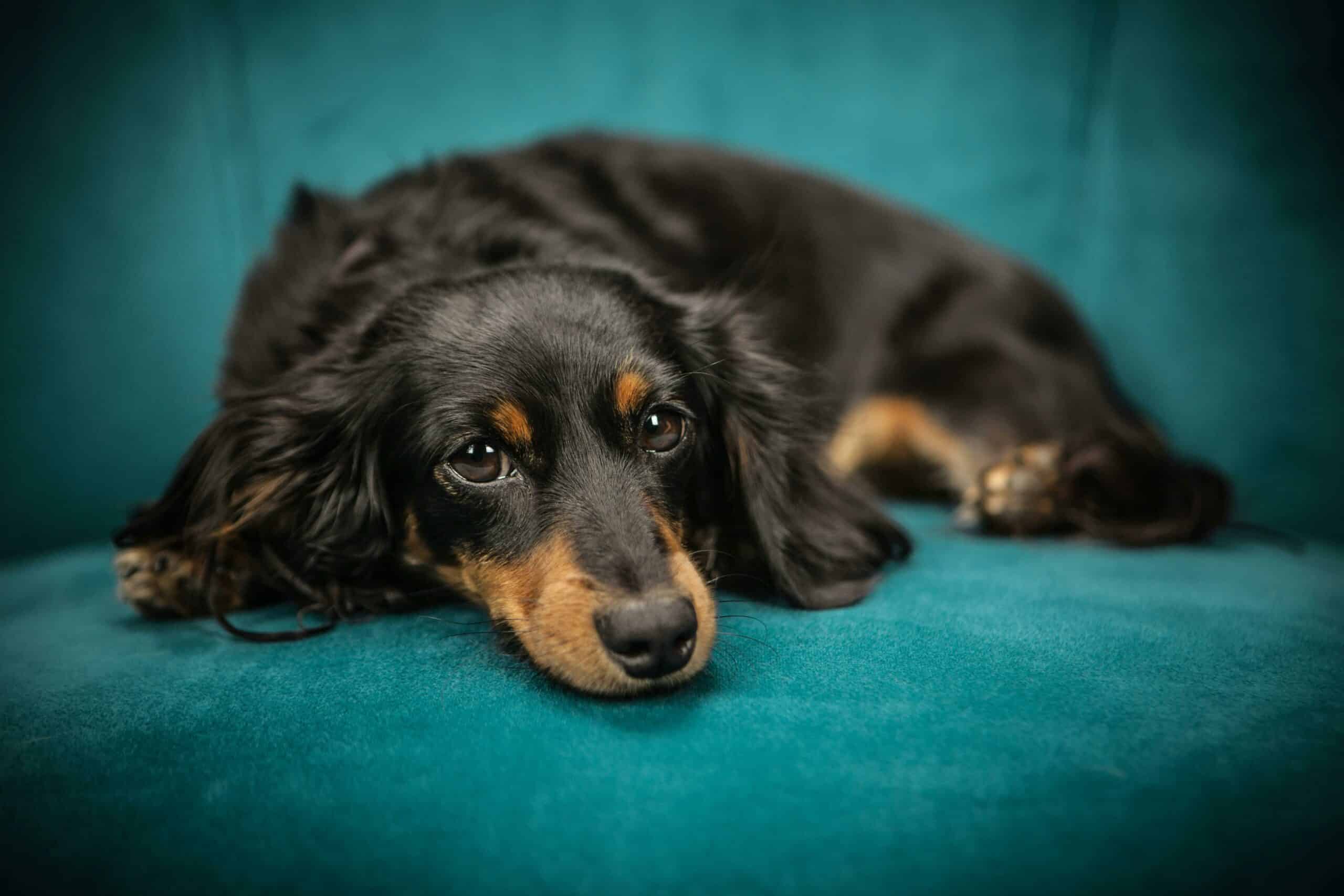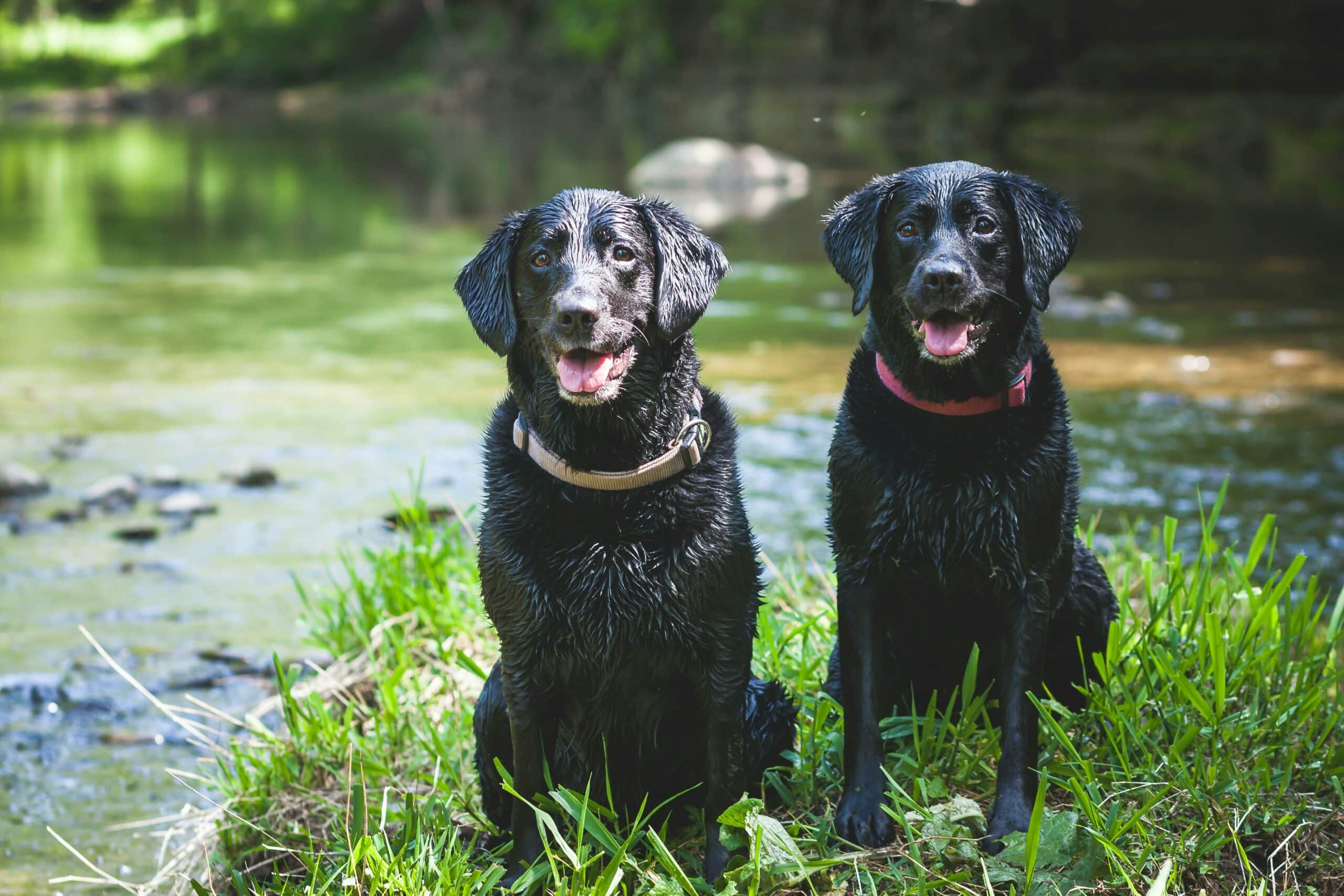A Cavapoo, also known as a Cavoodle, is a hybrid dog breed resulting from the cross between a Cavalier King Charles Spaniel and a Poodle, typically a Miniature or Toy Poodle. This breed is known for its friendly, affectionate, and sociable nature, making it a popular choice for families and individuals alike.
History
The Cavapoo, also known as the Cavoodle, is a relatively recent hybrid breed that emerged during the late 20th century as part of the designer dog trend. This trend aimed to combine the desirable traits of two different purebred dogs, resulting in companion animals with specific characteristics such as low-shedding coats and friendly temperaments. The Cavapoo was developed in the 1990s by crossing the Cavalier King Charles Spaniel with the Poodle (typically Miniature or Toy). The Cavalier King Charles Spaniel contributed its gentle and affectionate nature, while the Poodle brought intelligence, low-shedding coat qualities, and high trainability. Cavapoos quickly gained popularity due to their friendly, sociable nature, adaptability, and hypoallergenic coats, making them ideal for families and individuals in various living situations, including apartments. Breeders aimed to produce dogs that combined the best traits of both parent breeds, focusing on creating a small, family-friendly dog with a pleasant temperament and reduced shedding. While the goal was also to produce healthier dogs by mixing breeds, Cavapoos can still inherit genetic health issues from their parent breeds. Today, Cavapoos are one of the most popular designer breeds globally, particularly in the United States, Australia, and the United Kingdom. They continue to be cherished for their companionship qualities, making them a popular choice among dog lovers worldwide.
Cavapoo Temperament
The temperament of a Cavapoo is one of the breed’s most appealing traits, making them a popular choice for many families and individuals. Here are the key characteristics of their temperament:
Friendly and Affectionate
Cavapoos are known for their friendly and loving nature. They thrive on human interaction and form strong bonds with their families. They are often described as affectionate and enjoy cuddling and spending time with their owners.
Sociable
These dogs are highly sociable and generally get along well with children, other pets, and strangers. Their friendly demeanor makes them excellent companions and ideal family pets.
Intelligent and Trainable
Inheriting intelligence from the Poodle parent, Cavapoos are smart and relatively easy to train. They respond well to positive reinforcement techniques and can quickly learn commands and tricks.
Playful and Energetic
Cavapoos have a playful and energetic side. They enjoy playtime and activities that engage their minds and bodies. Regular exercise and mental stimulation are important to keep them happy and healthy.
Adaptable
Cavapoos are adaptable and can thrive in various living environments, from apartments to larger homes with yards. They adjust well to different lifestyles as long as they receive enough attention and exercise.
Gentle
Their gentle nature makes Cavapoos good companions for families with young children and elderly individuals. They are typically patient and can be calm when needed.
Loyal
Cavapoos are loyal dogs who enjoy being close to their family members. They often follow their owners around the house and may experience separation anxiety if left alone for long periods.
Alert but Not Aggressive
While they are generally friendly, Cavapoos can also be alert and may bark to alert their owners of strangers or unusual noises. However, they are not known to be aggressive and are more likely to greet newcomers with curiosity and friendliness.
Overall, the Cavapoo’s temperament is a blend of friendliness, intelligence, and adaptability, making them a wonderful addition to many households. Their loving and sociable nature ensures they fit well into family life and enjoy being an integral part of their human pack.
Cavapoo Price
The average price for a Cavapoo can vary widely depending on several factors, including the breeder’s reputation, location, the puppy’s lineage, and whether the dog has been health tested or comes with any special certifications. On average, you can expect to pay anywhere from $1,500 to $4,000 for a Cavapoo puppy.
Factors Influencing Price
- Breeder Reputation: Reputable breeders who prioritize health testing and responsible breeding practices tend to charge more for their puppies.
- Location: Prices can vary by region. Puppies in high-demand areas or regions with a higher cost of living may be more expensive.
- Lineage: Puppies from parents with champion bloodlines or superior genetics may be priced higher.
- Health Testing: Breeders who conduct comprehensive health testing on their breeding dogs and puppies may charge more to cover these costs.
- Coat Color and Type: Certain coat colors or types (e.g., rare colors or particularly desirable coat textures) can also affect the price.
- Demand: High demand for Cavapoos can drive up prices, especially if there are few breeders in the area.
Additional Costs
When budgeting for a Cavapoo, it’s also important to consider additional costs such as:
- Initial Veterinary Care: Vaccinations, deworming, and spaying/neutering.
- Supplies: Bedding, toys, grooming supplies, and other essentials.
- Training: Puppy training classes or private training sessions.
- Ongoing Health Care: Regular vet check-ups, flea/tick prevention, and any potential medical expenses.
Adoption
Alternatively, adopting a Cavapoo from a rescue organization or shelter may be less expensive, typically ranging from $100 to $500. However, Cavapoos in shelters can be less common due to their high demand and popularity.
Overall, while Cavapoos can be a significant investment, their friendly and loving nature, combined with their adaptability and intelligence, often makes them well worth the cost for many dog lovers.
Cavapoo Life Expectancy
The life expectancy of a Cavapoo typically ranges from 10 to 15 years. This lifespan can be influenced by various factors including genetics, overall health, diet, and the level of care the dog receives. Cavapoos can inherit health issues from their parent breeds, such as mitral valve disease from the Cavalier King Charles Spaniel and progressive retinal atrophy (PRA) from the Poodle. However, the mixed breed advantage, or hybrid vigor, can sometimes reduce the likelihood of certain genetic disorders. Providing a balanced and nutritious diet, regular exercise, mental stimulation, and routine veterinary care are essential to maintaining a Cavapoo’s health and extending its lifespan. Regular dental care and a safe, stress-free living environment also contribute positively to a Cavapoo’s well-being. By ensuring a healthy lifestyle and attentive care, Cavapoo owners can help their pets live long, healthy, and happy lives.
Common Health Issues
Cavapoos, being a crossbreed between the Cavalier King Charles Spaniel and the Poodle, can inherit health issues common to both parent breeds. Understanding these potential health concerns can help owners provide better care and seek early intervention when necessary. Here are some common health issues for Cavapoos:
Mitral Valve Disease (MVD)
Mitral Valve Disease is a heart condition frequently seen in Cavalier King Charles Spaniels. It involves the degeneration of the mitral valve, leading to heart murmurs and potentially heart failure. Cavapoos can inherit this condition, making regular veterinary check-ups crucial for early detection and management.
Progressive Retinal Atrophy (PRA)
Progressive Retinal Atrophy is a group of genetic diseases seen in Poodles and other breeds that cause the retina to degenerate over time, leading to vision loss and eventual blindness. While there is no cure, early diagnosis can help manage the condition and improve the dog’s quality of life.
Hip Dysplasia
Hip dysplasia is a common condition in many breeds, including Poodles. It occurs when the hip joint doesn’t fit properly into the hip socket, leading to arthritis and pain. Symptoms can include difficulty in rising, reluctance to exercise, and lameness. Maintaining a healthy weight and providing joint supplements can help manage this condition.
Patellar Luxation
Patellar luxation, where the kneecap dislocates or moves out of its normal position, is another issue seen in small breeds, including Cavapoos. This can cause intermittent lameness and pain. In severe cases, surgery might be required to correct the problem.
Ear Infections
Cavapoos have floppy ears, which can trap moisture and create an environment conducive to bacterial and yeast infections. Regular ear cleaning and proper drying after baths or swims can help prevent infections. Symptoms include scratching, head shaking, and a foul odor from the ears.
Dental Issues
Dental problems are common in small breeds. Cavapoos can be prone to dental diseases such as periodontal disease. Regular dental care, including brushing teeth and professional cleanings, is essential to prevent tartar buildup, gum disease, and tooth loss.
Allergies
Cavapoos may suffer from allergies, which can manifest as skin issues, itching, and ear infections. Allergies can be caused by various factors, including food, environmental allergens like pollen, and fleas. Identifying and managing the allergen can help alleviate symptoms.
Epilepsy
Epilepsy, a neurological disorder causing seizures, can occur in Cavapoos. While it can be a hereditary condition, it can also arise without a known cause. Management typically involves medication to control seizures and regular monitoring by a veterinarian.
Syringomyelia (SM)
Syringomyelia is a serious condition sometimes seen in Cavalier King Charles Spaniels, where fluid-filled cavities develop within the spinal cord near the brain. Symptoms include sensitivity around the neck area, pain, and neurological deficits. While less common, Cavapoos can still be at risk.
Hypothyroidism
Hypothyroidism, a condition where the thyroid gland doesn’t produce enough hormones, can lead to symptoms such as lethargy, weight gain, and skin issues. It is more common in Poodles but can also affect Cavapoos. Treatment usually involves daily medication to regulate hormone levels.
By being aware of these common health issues, Cavapoo owners can take proactive steps to monitor and maintain their dog’s health. Regular veterinary visits, a healthy diet, proper exercise, and attentive care are essential for ensuring a long, healthy life for their Cavapoo.
Cavapoo Size
Cavapoos generally fall into the small to medium size range, with some variation between males and females. Male Cavapoos typically stand between 11 to 14 inches tall at the shoulder and weigh around 12 to 25 pounds. Females are usually slightly smaller, standing about 9 to 12 inches tall and weighing between 10 to 20 pounds. This size difference is relatively modest, and individual sizes can vary based on the specific genetics inherited from their parent breeds. Both male and female Cavapoos share a similar build and overall appearance, characterized by their soft, often curly or wavy coats and expressive eyes. Despite these slight differences in size, both genders are known for their friendly, affectionate nature and adaptability, making them equally popular choices for families and individuals seeking a loving companion.
Cavapoo Puppy Weight Chart
Here is a table comparing the average weight of male and female Cavapoos from their first month to 1 years old:
| Month | Male Weight (lbs) | Female Weight (lbs) |
|---|---|---|
| 1 | 1.5 – 3 | 1.3 – 2.8 |
| 2 | 3 – 5 | 2.5 – 4.5 |
| 3 | 4 – 7 | 3.5 – 6 |
| 4 | 5 – 9 | 4.5 – 7.5 |
| 5 | 6 – 11 | 5.5 – 9 |
| 6 | 7 – 13 | 6 – 10 |
| 7 | 8 – 15 | 7 – 11.5 |
| 8 | 9 – 17 | 8 – 12.5 |
| 9 | 10 – 19 | 9 – 14 |
| 10 | 11 – 21 | 10 – 15 |
| 11 | 12 – 23 | 11 – 16.5 |
| 12 | 13 – 25 | 12 – 18 |
Notes:
- These weights are averages and individual Cavapoos may vary.
- Male Cavapoos tend to be slightly larger than females.
- Proper nutrition, exercise, and overall health can influence the growth rate.
- Regular veterinary check-ups are essential to monitor a puppy’s growth and health.
Cavapoo Colors
Cavapoos come in a variety of colors, thanks to the diverse coat colors of their parent breeds, the Cavalier King Charles Spaniel and the Poodle. Here are some common Cavapoo colors:
Solid Colors
- Black: Solid black Cavapoos can have a sleek, shiny coat.
- White: Pure white Cavapoos are relatively rare and have a pristine, elegant appearance.
- Cream: Cream-colored Cavapoos have a soft, off-white hue.
- Apricot: This color ranges from a light peach to a deeper, almost orange hue.
- Red: Red Cavapoos have a rich, deep reddish-brown coat.
Multi-Colored
- Black and White: These Cavapoos have a striking mix of black and white patches.
- Tan and White: Tan and white Cavapoos have a warm, golden tan combined with white.
- Tricolor: Tricolor Cavapoos typically have black, white, and tan markings, similar to the classic Cavalier King Charles Spaniel pattern.
- Sable: Sable Cavapoos have a combination of black-tipped hairs overlaying a base color, usually tan or brown.
- Merle: Merle-patterned Cavapoos have a marbled coat with patches of different colors, often blue or red, mixed with black or brown.
Coat Variations
- Parti: Parti-colored Cavapoos have large patches of two or more colors, often white combined with another color.
- Phantom: Phantom Cavapoos have distinct markings similar to Dobermans, typically black with tan markings on the eyebrows, muzzle, chest, and legs.
- Abstract: Abstract Cavapoos have small amounts of white on an otherwise solid-colored coat.
Genetics and Coat Changes
- Genetics: The color and pattern of a Cavapoo’s coat are influenced by the genetics of the parent dogs. The Poodle parent can contribute a wide range of colors, while the Cavalier King Charles Spaniel typically adds rich hues and patterns.
- Coat Changes: Cavapoo puppies’ coats may change as they mature. It’s common for colors to lighten or darken slightly as the dog grows older.
Cavapoos’ diverse coat colors and patterns make each dog unique, adding to their charm and appeal as a breed.
Cavapoo Image
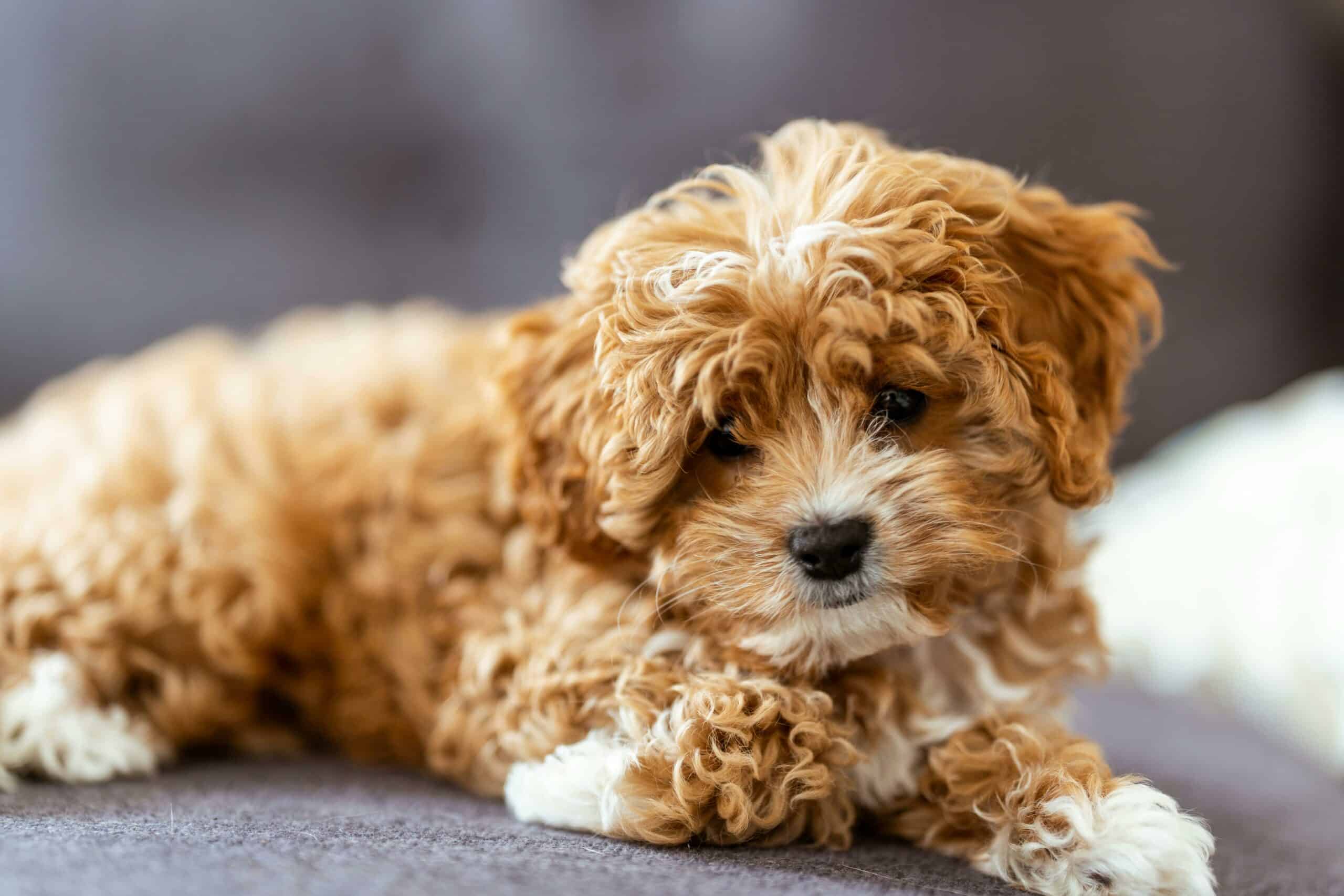
Cavapoo Grooming Needs
Grooming a Cavapoo is an essential aspect of their care, as their coats can vary widely in texture and length, often requiring regular maintenance to keep them healthy and looking their best. Here’s a detailed guide to Cavapoo grooming:
Brushing
- Frequency: Cavapoos typically need to be brushed several times a week, if not daily, to prevent matting and tangling. Their coats can range from curly like a Poodle’s to wavy or straight like a Cavalier King Charles Spaniel’s.
- Tools: Use a slicker brush or a pin brush for regular brushing, and a comb to gently work through any tangles or mats.
Bathing
- Frequency: Bathe your Cavapoo every 4 to 6 weeks, or as needed if they get particularly dirty or start to smell.
- Products: Use a mild, dog-specific shampoo to avoid drying out their skin. Conditioners formulated for dogs can help keep their coat soft and manageable.
Haircuts
- Frequency: Professional grooming appointments every 6 to 8 weeks are recommended to keep their coat at a manageable length and to maintain their overall hygiene.
- Styles: Popular grooming styles for Cavapoos include the teddy bear cut, which leaves the hair a uniform length all over the body, and the puppy cut, which keeps the hair short and easy to maintain.
Ear Care
- Cleaning: Regularly check and clean your Cavapoo’s ears to prevent infections, especially since their floppy ears can trap moisture and debris. Use a vet-recommended ear cleaner and cotton balls.
- Hair Removal: Some Cavapoos may have hair growing inside their ear canals, which can be gently plucked or trimmed to improve airflow and reduce the risk of infections.
Dental Care
- Brushing: Brush your Cavapoo’s teeth several times a week to prevent plaque buildup and dental disease. Use a dog-specific toothbrush and toothpaste.
- Chews: Provide dental chews and toys that promote dental health.
Nail Trimming
- Frequency: Trim your Cavapoo’s nails every 3 to 4 weeks, or as needed. Long nails can cause discomfort and lead to health issues.
- Tools: Use dog nail clippers or a grinder, and be cautious to avoid cutting the quick, which can cause pain and bleeding.
Eye Care
- Cleaning: Regularly clean around your Cavapoo’s eyes to prevent tear stains and buildup. Use a damp cloth or vet-approved wipes for gentle cleaning.
- Monitoring: Keep an eye out for any signs of irritation, redness, or discharge, and consult your vet if you notice any issues.
Coat Maintenance
- De-shedding: Depending on the coat type, some Cavapoos may benefit from de-shedding treatments to manage loose hair.
- Hydration: Ensure your Cavapoo stays hydrated and gets a balanced diet, as proper nutrition supports a healthy coat and skin.
Regular grooming not only keeps your Cavapoo looking great but also contributes to their overall health and well-being. Establishing a consistent grooming routine helps you catch potential health issues early and keeps your Cavapoo comfortable and happy.
Conclusion
The Cavapoo, a charming crossbreed between the Cavalier King Charles Spaniel and the Poodle, is beloved for its friendly, affectionate, and adaptable nature. Known for their intelligence and sociability, Cavapoos make excellent companions for families, individuals, and seniors alike. They come in a variety of colors and coat types, requiring regular grooming to maintain their appearance and health. With a life expectancy of 10 to 15 years, these small to medium-sized dogs can experience some inherited health issues, but with proper care, nutrition, and regular veterinary visits, they can lead happy and healthy lives. Whether it’s their playful energy, gentle demeanor, or hypoallergenic coat, Cavapoos have a unique blend of traits that make them a popular choice for dog lovers around the world.

